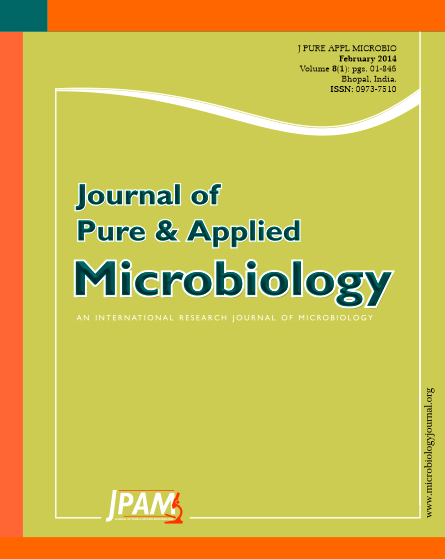Fatty acids and lipids biosynthesis in yeast and higher plants have been detail discussed in this article. Synthesis of lipids implicates a composite sequence of biochemical reactions. Understanding different lipid classes’ synthesis improves the ability to experimentally modify lipid desaturation pathways in order to produce oils with enhanced features for food and manufacturing usages. However, w-3 fatty acids biosynthesis and their accumulation into different lipid classes are not entirely understood. Fatty acids are synthesized inside the plant chloroplast via fatty acid synthase complex up to a chain length of 16C. Successive elongation and other alterations of fatty acyl residues and TAG association are occurred in both cytoplasm and the endoplasmic reticulum (ER). Biosynthesis of lipids in higher plants as well as in yeast involves two pathways that may or may not coexist depending on the species. Prokaryotic pathway leads to the synthesis of lipids by using only plastidial enzymes, while the eukaryotic pathway involves adjacent collaboration among the ER and the chloroplasts. The comprehensive roles of desaturases and acyltransferases in lipid synthesis have been deliberated.
Fatty Acids, Lipids, Yeast, Plants, Prokaryotic, Eukaryotic
© The Author(s) 2014. Open Access. This article is distributed under the terms of the Creative Commons Attribution 4.0 International License which permits unrestricted use, sharing, distribution, and reproduction in any medium, provided you give appropriate credit to the original author(s) and the source, provide a link to the Creative Commons license, and indicate if changes were made.


